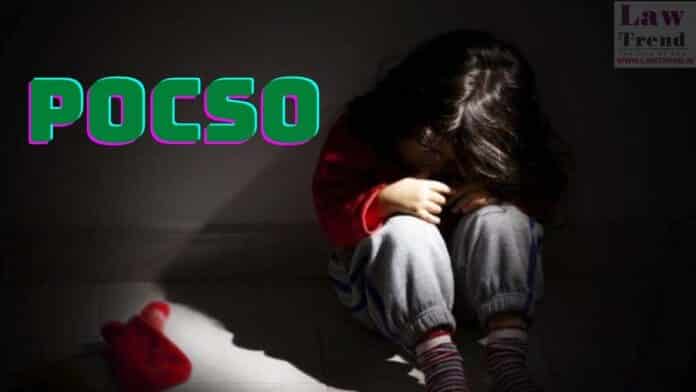The Delhi High Court has ruled that in cases under the Protection of Children from Sexual Offences (POCSO) Act where the age of the victim is determined through bone ossification tests, courts should consider the upper side of the estimated age range. This significant judgment was delivered by a Division Bench comprising Justice Suresh Kumar
To Read More Please Subscribe to VIP Membership for Unlimited Access to All the Articles, Download Available Copies of Judgments/Order, Acess to Central/State Bare Acts, Advertisement Free Content, Access to More than 4000 Legal Drafts( Readymade Editable Formats of Suits, Petitions, Writs, Legal Notices, Divorce Petitions, 138 Notices, Bail Applications etc.) in Hindi and English.




